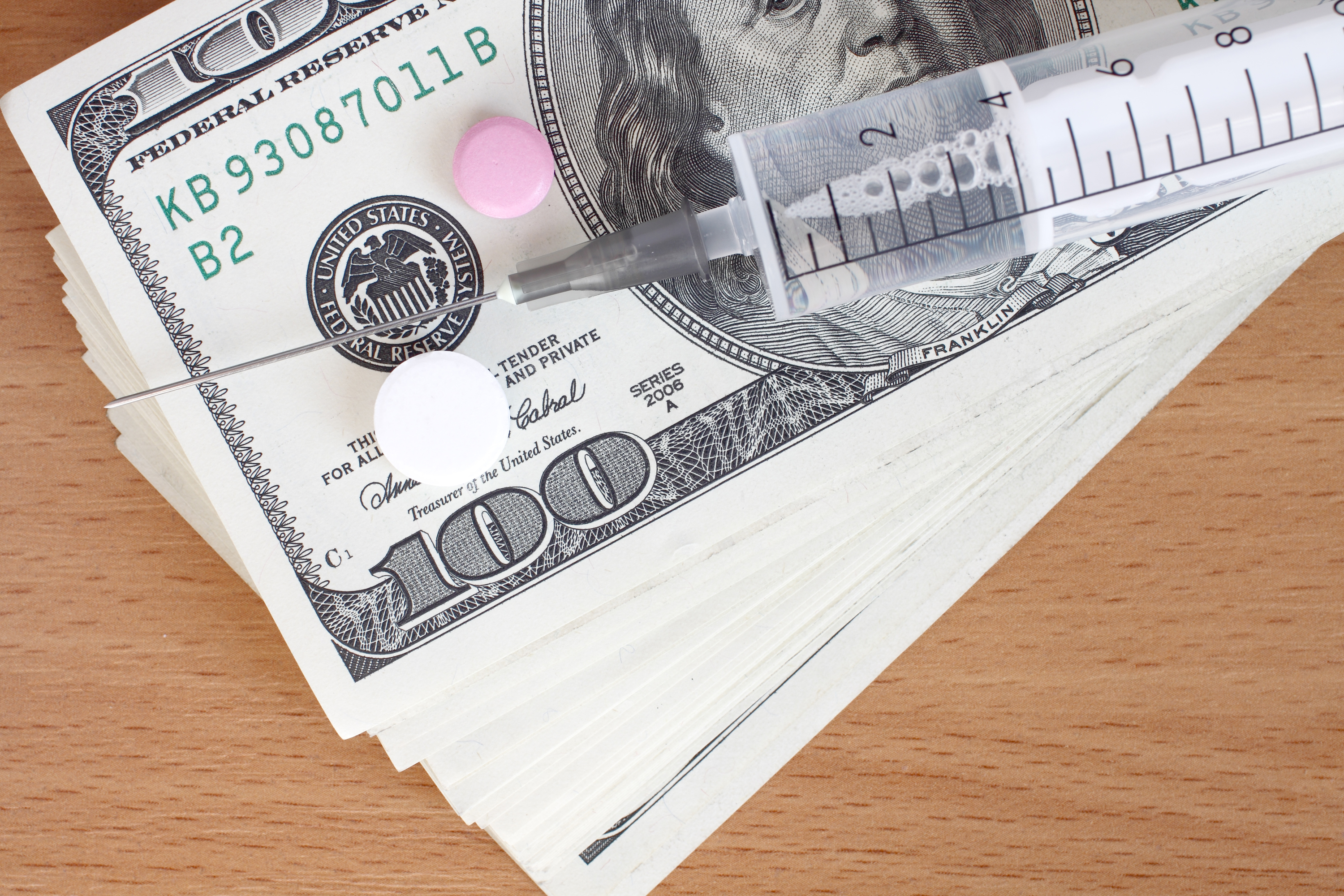Medicare Part D could save $4.4 billion on insulin using VA prices
Click Here to Manage Email Alerts
In 2017, Medicare Part D could have saved $4.4 billion of the $7.3 billion in post-rebate spending on insulin that year if they had used Veterans Affairs-negotiated prices, according to research published in JAMA Internal Medicine.
“Although insulin was discovered more than a century ago, the United States continues to pay steep prices to ensure that Medicare beneficiaries and other patients with diabetes have access to life-saving therapies,” William B. Feldman, MD, MPhil, a research fellow in the department of medicine at Brigham and Women’s Hospital, and colleagues wrote. “Our analysis underscores the potential for Congress to reduce prescription drug spending by allowing Medicare to negotiate with manufacturers and establish a formulary like the VA.”
Previous research published last year in JAMA Internal Medicine estimated that Medicare Part D could have saved an estimated $14.4 billion on prescription medications in 2016 by using VA-negotiated prices. Since the high cost of insulin has received particular attention in the U.S., with Congress and various states pursuing legislation to lower the prices of these medications, Feldman and colleagues investigated how much money Medicare Part D would save using VA-negotiated prices and the VA formulary.
The researchers evaluated spending on injectable insulin and dosage units using data from the 2017 Medicare Part D Drug Spending Dashboard. They assumed rebates of 41% based on those reported by the U.S. Government Accountability Office. A sensitivity analysis using a higher rebate was also conducted.

Researchers also collected data from Historical VA Pharmaceutical Files for 2017 and the 2019 VA National Formulary to determine 2017 VA insulin coverage, and to estimate Medicare savings using VA-negotiated prices and the VA formulary.
According to researchers, Medicare Part D spent $13.3 billion before rebates and $7.8 billion after rebates on 31 insulin products in six classes in 2017.
Using VA-negotiated prices, Feldman and colleagues estimated that Medicare Part D would have spent $5 billion after rebates, saving approximately $2.9 billion.
If the VA’s formulary restrictions on each drug class were also used, researchers estimated that Medicare Part D would have spent a total of $3.5 billion on insulin after rebates in 2017, saving a total of $4.4 billion.
In sensitivity analysis using a higher rebate (66%), Feldman and colleagues found that post-rebate spending using VA-negotiated prices and the VA formulary was $4.5 billion, resulting in savings of $1.1 billion.
In a commentary published alongside the research, Robert Steinbrook, MD, Editor at Large for JAMA Internal Medicine, explained that although legislation on drug pricing has been introduced to Congress, prices are unlikely to decrease until bills and regulations allowing Medicare Part D to negotiate prices with drug companies and develop formularies are implemented.
Steinbrook noted that this study and others “offer road maps to billions of dollars of Medicare Part D savings.”
“Now is the time for Congress and the executive branch to act,” he wrote. – by Erin Michael
Disclosures: Feldman reports receiving personal fees from Aetion, Alosa Health and Blue Cross Blue Shield of Massachusetts outside the submitted work. Please see study for all other authors’ relevant financial disclosures. Steinbrook reports no relevant financial disclosures.
